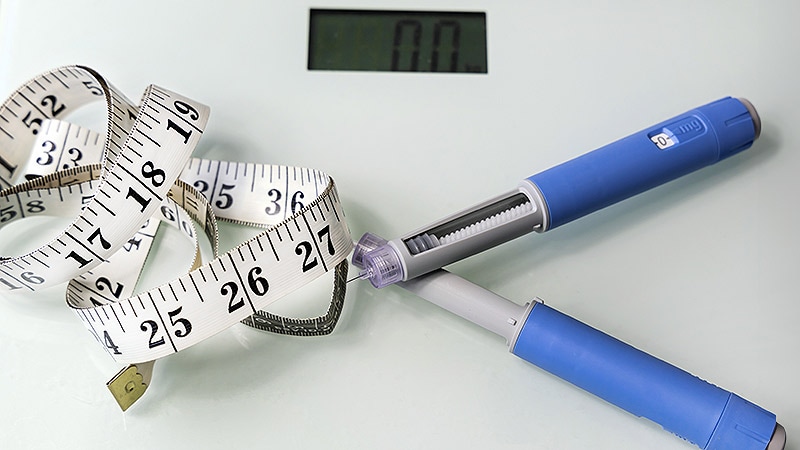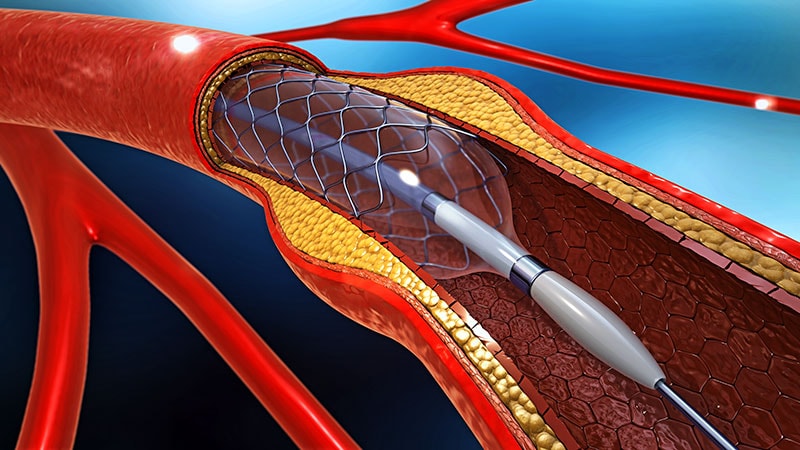Opioid Treatment Program Is Linked to Lower COVID-19 Risk
TOPLINE:
Treatment of opioid use disorder (OUD) in opioid treatment programs (OTPs) was associated with a lower risk for COVID-19 diagnoses and COVID-related emergency department visits than office-based opioid medication treatment, other treatment without medications for OUD (non-MOUD), or no treatment.
METHODOLOGY:
- Researchers conducted a prospective cohort study and analyzed data of 24,654 Oregon Medicaid beneficiaries diagnosed with OUD (average age, 39 years; 53.1% women; 84% White individuals) between April 2019 and March 2021 to evaluate the influence of OUD treatment in OTPs on COVID-19 and its complications.
- OTP treatment was defined as receiving methadone or buprenorphine in an outpatient program center.
- The primary exposure was time-varying OUD treatment, including medication treatment at an OTP, office-based opioid medication treatment, non-MOUD, or no treatment, which was updated monthly for over 1 year.
- Study outcomes were COVID-19 diagnoses, COVID-related emergency department visits, and COVID-related hospitalizations.
TAKEAWAY:
- Between April 2020 and March 2021, 2.7% of patients had a Medicaid claim, including a COVID-19 diagnosis; 1.1% had a COVID-related emergency department visit, and 0.39% had a COVID-related hospitalization.
- The risk for COVID-19 diagnoses in patients receiving OUD treatment in OTPs was 37% lower than that in those receiving office-based opioid medication treatment (adjusted hazard ratio [aHR], 1.59; 95% CI, 1.21-2.08), 52% lower than that in those receiving non-MOUD (aHR, 2.07; 95% CI, 1.54-2.78), and 37% lower than that in those receiving no treatment (aHR, 1.60; 95% CI, 1.26-2.02).
- OUD treatment in OTPs was associated with a 40% reduced risk for COVID-related emergency department visits compared with office-based opioid medication treatment (aHR, 1.68; 95% CI, 1.07-2.64), a 56% reduced risk compared with non-MOUD (aHR, 2.25; 95% CI, 1.39-3.64), and a 46% reduced risk compared with no treatment (aHR, 1.84; 95% CI, 1.24-2.72).
- OUD treatment in OTPs was associated with a 64% reduced risk for COVID-related hospitalizations compared with non-MOUD (aHR, 2.77; 95% CI, 1.30-5.88), and no significant difference was found when comparing OUD treatment in OTPs with office-based opioid medication treatment or no treatment.
IN PRACTICE:
"Our findings provide further support for the pandemic-era (and now permanent) SAMHSA [Substance Abuse and Mental Health Services Administration] guidelines relaxing [methadone] take-home restrictions among OTP patients. Results suggest that those modifications may have successfully reduced the risk of COVID-19 and its sequelae, in addition to increasing OTP patient quality of life and satisfaction with treatment," the authors wrote.
SOURCE:
This study was led by Ryan R. Cook, PhD, of the Oregon Health & Science University in Portland, Oregon. It was published online on February 25, 2025, in the Journal of General Internal Medicine.
LIMITATIONS:
The change in the methadone take-home policy could not be directly linked to a reduced risk for COVID-19 because of the inability to track the proportion of take-home doses using claims data. The true prevalence of COVID-19 among people with OUD in Oregon was likely higher than estimated, and this study did not account for the influence of COVID-19 vaccines. Moreover, this study was observational in nature; was limited by the use of insurance claims data, particularly in relation to diagnosis codes; and hence could not establish causality.
DISCLOSURES:
This study received funds from the National Institute on Drug Abuse and the Agency for Healthcare Research and Quality. The authors declared no conflicts of interest.
This article was created using several editorial tools, including AI, as part of the process. Human editors reviewed this content before publication.


 Admin_Adham
Admin_Adham


